ACCOUNT-BASED MARKETING
Target Key Accounts With Precision
Take a strategic approach that focuses on targeting and nurturing specific high-value accounts to maximize return on investment (ROI).

Turn Target Accounts Into Lifetime Customers
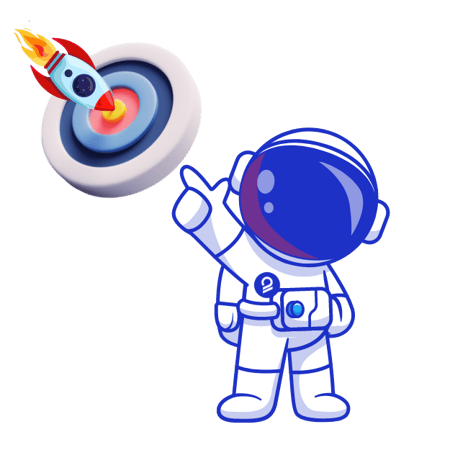
Target specific high-value accounts with personalized campaigns designed to build stronger customer relationships and increase sales conversions. By prioritizing key accounts that share specific targeted insights and aligning marketing and sales efforts.
ABM solves the challenges of scattered resources, low ROI, and outdated metrics, ultimately driving business growth and improving overall marketing efficiency.

Enhanced Customer Engagement
Personalize your campaigns to speak to your prospects specific pain points and needs.

Efficient Resource Allocation
Only spend ad dollars on key accounts instead of yelling into the crowd. This will lead to cost-effective growth.

Faster Sales Cycles
More effective prospect communication resulting in quicker deal closures.
Our Framework
Account based marketing works similar to inbound marketing, only ABM revolves around creating campaigns that speak directly to specific companies and the people within that organization.
Research
Define your ideal customer profile (ICP) and use data-driven insights to choose high-value accounts that align.
Strategize
Create personalized content and campaigns using the right marketing channels (Email, Social Ads, Direct Outreach).
Optimize
Monitor progress, track engagement, and optimize campaigns as needed. Utilize the best intent data possible.
Empower
Improve win-rates by narrowing down the niche and value proposition to find efficiencies across your acquisition strategies.
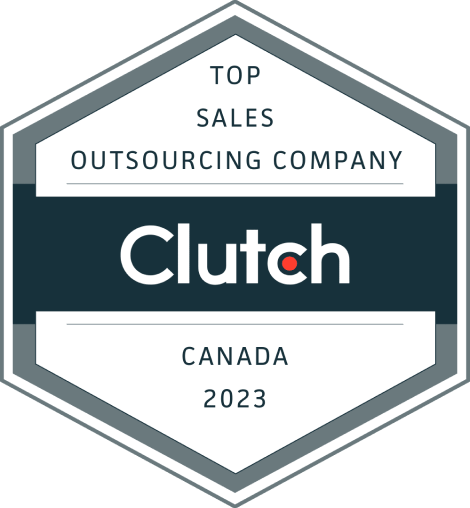
A top-ranked sales company in Canada
Brian Shumate
"Set 2 Close structured a concise plan, communicated the progress consistently, and was always accessible."
View More On Clutch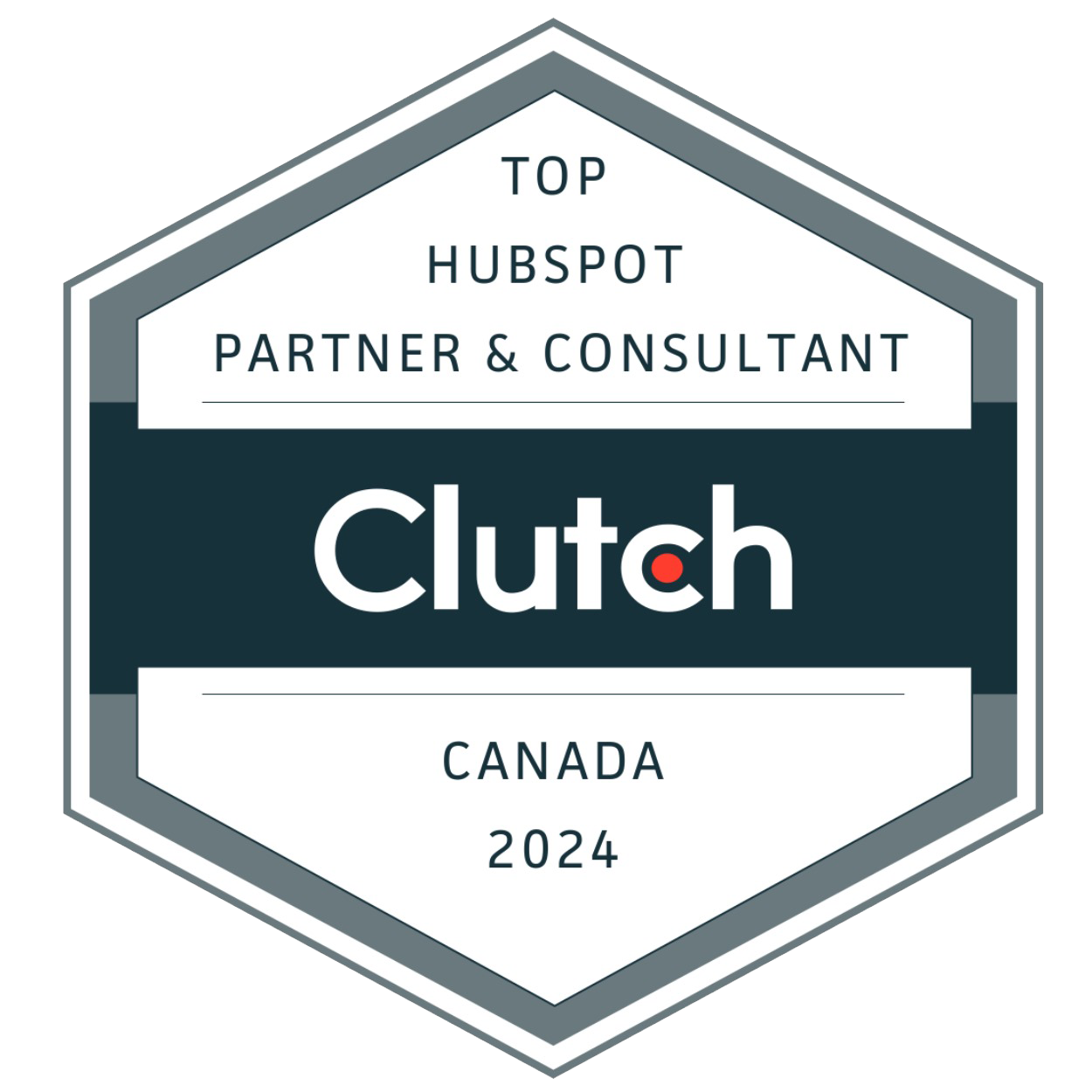
A top-ranked sales company in Canada
Joel Edwards
"They weren't trying to force us down a pathway that worked best for them."
View More On Clutch
A top-ranked sales company in Canada
Andrew Crawford
"Set 2 Close empowers, enables, and breeds successful outcomes."
View More On Clutch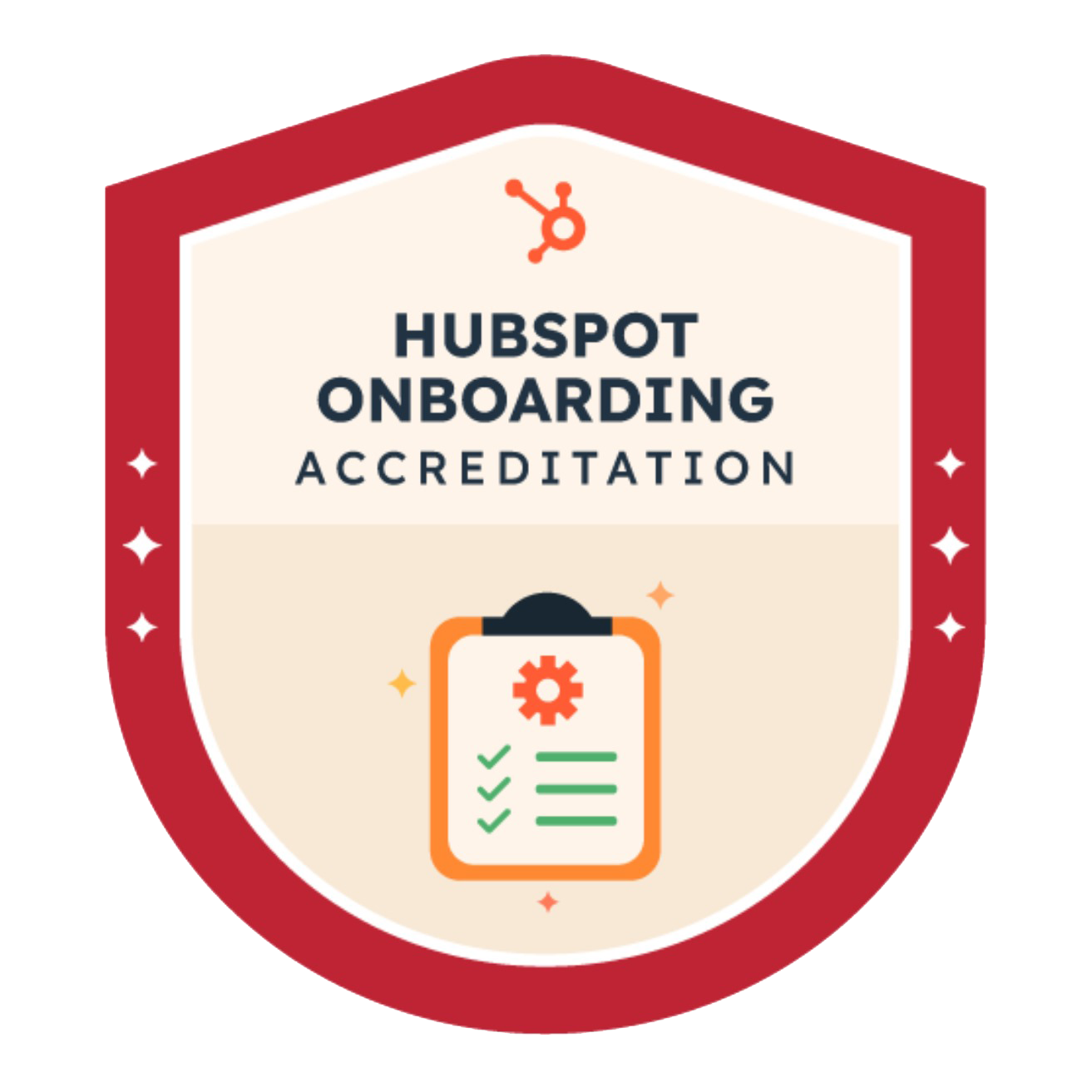
A top-ranked sales company in Canada
Alexander Ivanov
"It's not a surprise recruiting sales talent, managing, and setting them up for success. They did it effortlessly for us."
View More On Clutch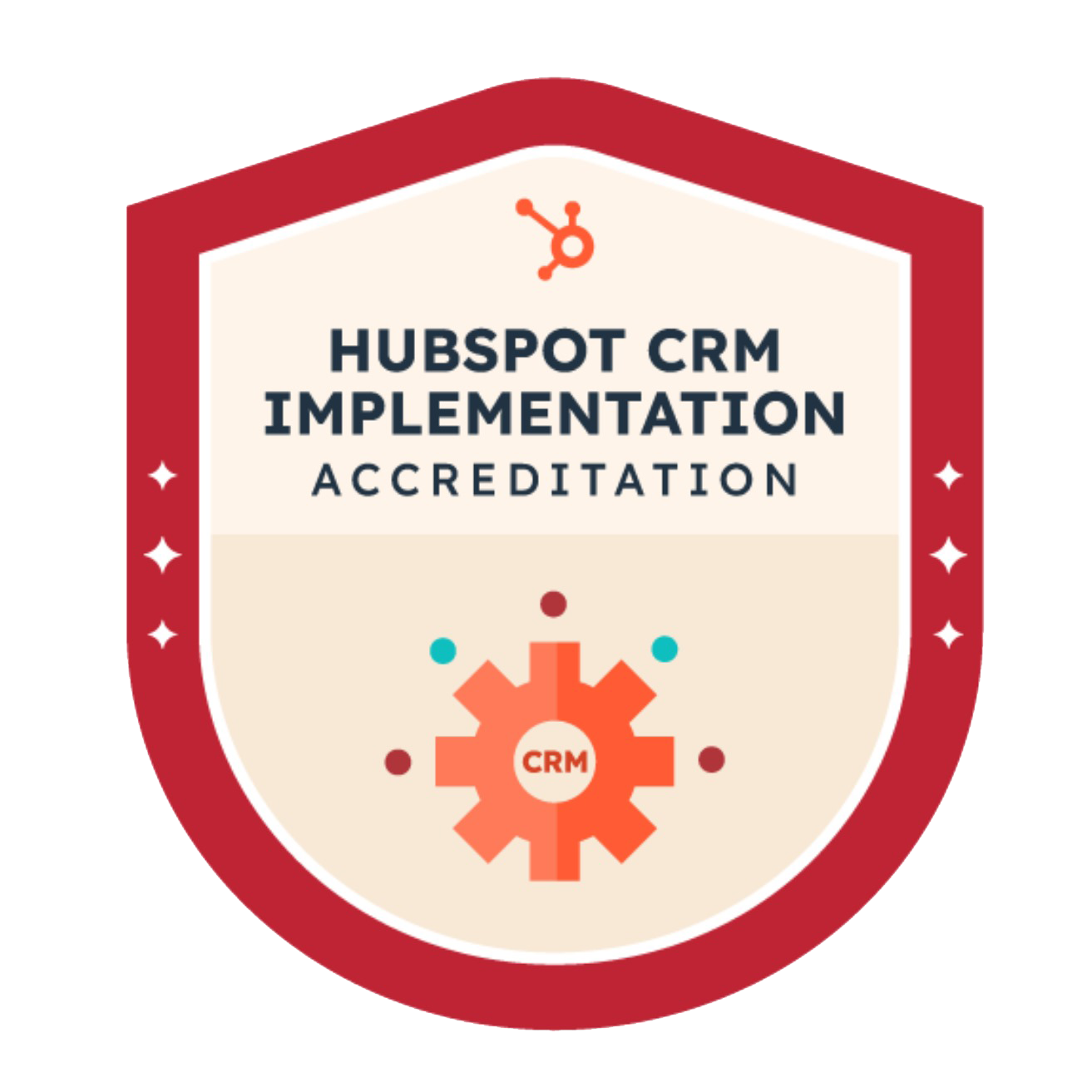
A top-ranked sales company in Canada
Anonymous
"It felt like working with good friends while also working towards goals effectively."
View More On Clutch
A top-ranked sales company in Canada
Darren Lamothe
"They were honest, professional, and full of energy and integrity."
View More On Clutch
A top-ranked sales company in Canada
Jonathan Sturgeon
"Their personalities were aligned with ours. They were motivated people who would stop at nothing to achieve the goal."
View More On ClutchFrequent Questions
-
What is account-based marketing (ABM)?
ABM is a strategic approach to B2B marketing that focuses on targeting and nurturing a select group of high-value accounts to maximize ROI. It involves personalized engagement, tailored content, and coordinated efforts across different departments to build strong relationships with these strategic accounts.
-
What are the key benefits of ABM?
ABM offers several benefits, including increased revenue, improved customer satisfaction, higher conversion rates, and stronger relationships with strategic accounts. It allows for more targeted and effective marketing efforts, resulting in better ROI.
-
What are the essential components of an effective ABM strategy?
A successful ABM strategy typically involves the following components: account selection, account-based research, personalized engagement, content personalization, coordinated campaigns, and measurement and optimization.
-
How can I measure the success of my ABM efforts?
There are several metrics that can be used to measure the effectiveness of an ABM strategy, including pipeline growth, revenue generated, customer satisfaction, and engagement rates. It's essential to track these metrics to evaluate the ROI of your ABM initiatives.
-
What challenges might organizations face when implementing ABM?
Some common challenges associated with ABM include:
-Alignment: Ensuring alignment between sales and marketing teams can be difficult.
-Data: Gathering and analyzing the necessary data to support ABM can be time-consuming.
-Resource Allocation: Allocating sufficient resources to support ABM initiatives can be a challenge.
-Measurement: Measuring the success of ABM can be complex, requiring the right metrics and tools.
-
How can HubSpot be used to support ABM initiatives?
HubSpot offers a comprehensive suite of tools that can be leveraged to support ABM strategies. Key features include:
- CRM: Tracking and managing interactions with target accounts.
- Marketing Automation: Personalizing email campaigns and nurturing leads.
- Content Management: Creating and distributing targeted content.
- Analytics: Measuring the effectiveness of ABM efforts.
-
How can personalized advertising be used to enhance ABM strategies?
Personalized advertising, which involves delivering targeted ads to specific individuals based on their interests, demographics, and behaviors, can significantly enhance ABM strategies. By leveraging personalized advertising, organizations can:
- Increase awareness: Reach target accounts with relevant messages across various channels.
- Drive engagement: Encourage interactions with personalized content and offers.
- Nurture relationships: Build stronger connections with decision-makers within target accounts.
- Improve lead generation: Generate more qualified leads by targeting individuals who are likely to be interested in your products or services.
- Measure effectiveness: Track the performance of personalized ads to optimize your ABM campaigns.
-
What are the most effective lead generation tactics for B2B businesses?
Effective lead generation tactics for B2B and B2C businesses include:
- Content marketing (e.g., blog posts, ebooks, webinars)
- SEO and PPC advertising
- Social media marketing and advertising
- Email marketing campaigns